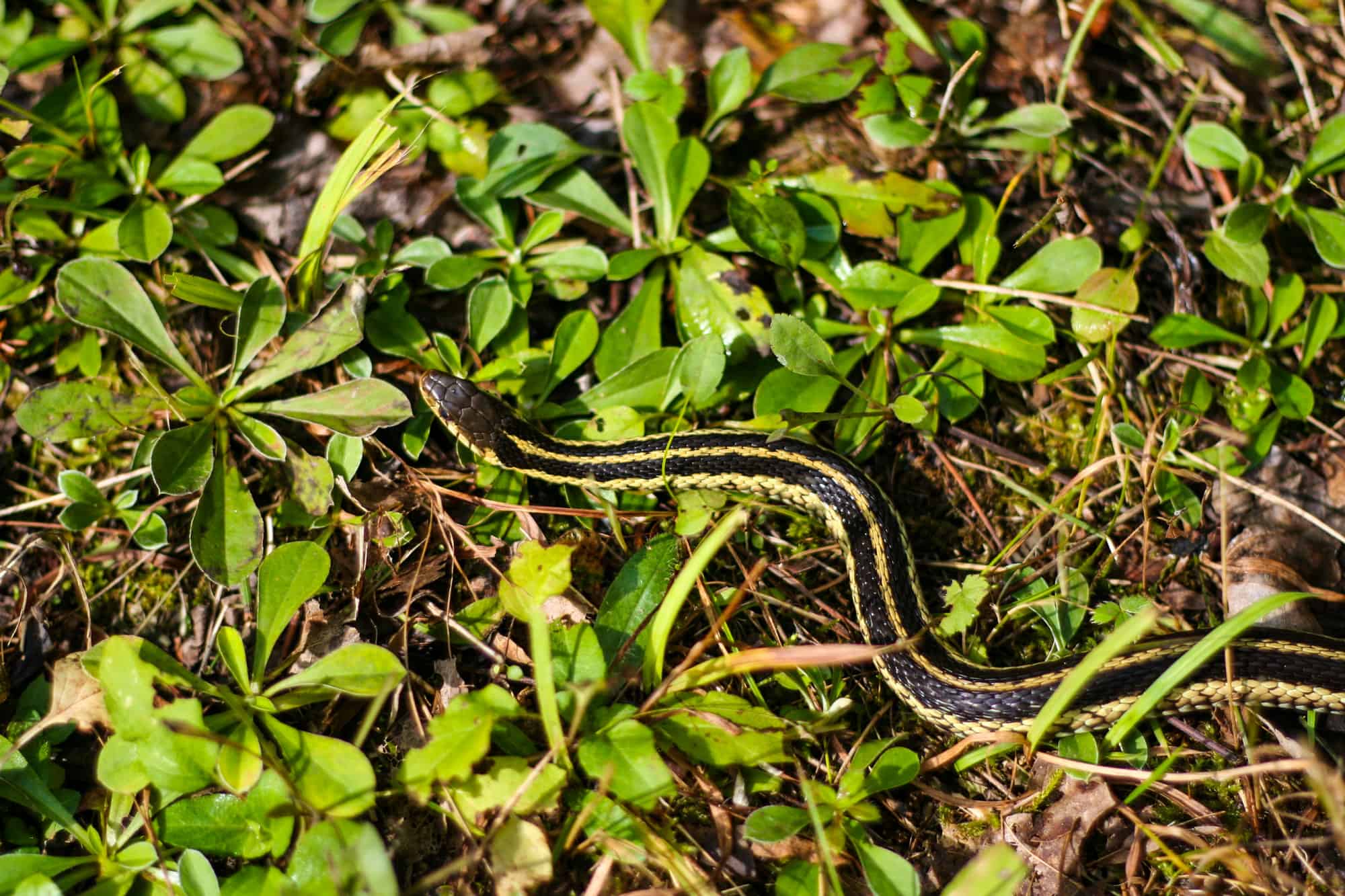

Articles
What Are Garden Snakes
Modified: January 9, 2024
Discover the role of garden snakes in gardening and learn how they can be beneficial for pest control and overall ecosystem balance.
(Many of the links in this article redirect to a specific reviewed product. Your purchase of these products through affiliate links helps to generate commission for Storables.com, at no extra cost. Learn more)
Introduction
When it comes to maintaining a garden, pests are the last thing any gardener wants to encounter. However, not all creatures found in gardens are harmful. In fact, there are some helpful garden snakes that can play a crucial role in balancing the ecosystem.
Garden snakes, also known as garter snakes, are small to medium-sized non-venomous snakes that are commonly found in North America. Despite their reputation, they are not aggressive and are actually quite beneficial to have in your garden. In this article, we will delve into the characteristics, habitat, diet, and relationship of these fascinating reptiles with humans.
So, if you’re ready, let’s embark on a journey to discover the world of garden snakes and understand why they are an important part of the garden ecosystem.
Key Takeaways:
- Embrace garden snakes as beneficial allies in your garden, as they help control pests like slugs and insects, reducing the need for chemical pesticides and promoting a sustainable, eco-friendly approach to gardening.
- By understanding and respecting garden snakes, we can create harmonious environments that support both our gardening efforts and the preservation of these fascinating and valuable reptiles.
Read more: What Does A Grass Snake Eat
Characteristics of Garden Snakes
Garden snakes are slender-bodied reptiles with an average length of 18 to 26 inches, although some species can grow up to 4 feet in length. They have a distinctive pattern on their body, usually consisting of stripes or blotches in a variety of colors such as green, brown, yellow, or black. These patterns serve as camouflage, allowing them to blend seamlessly with their surroundings.
One notable characteristic of garden snakes is their keeled scales, which give their skin a rough texture. They have a long, narrow head and large eyes with round pupils. Unlike some snake species, garden snakes have a prominent row of scales between their eyes and upper lip, known as the loreal scale.
Another interesting feature of garden snakes is their ability to secrete a foul-smelling musk when threatened. This musk acts as a deterrent to predators and can linger for a significant amount of time. However, it’s important to note that garden snakes are generally non-aggressive and will only resort to this defense mechanism if provoked or cornered.
Garden snakes are cold-blooded creatures, meaning their body temperature is dependent on their surrounding environment. They are most active during the warm summer months, basking in the sun to regulate their body temperature. In colder months, they hibernate underground or find sheltered areas to stay dormant until the weather becomes more favorable.
Despite their lack of limbs, garden snakes are surprisingly agile and are excellent climbers. They use their muscular body and the scales on their belly to grip onto various surfaces as they move. This enables them to navigate through a variety of habitats, including grassy areas, ponds, marshes, and even gardens.
All these unique characteristics make garden snakes an intriguing and adaptable species, capable of thriving in a wide range of environments.
Habitat and Range
Garden snakes are highly adaptable reptiles that can be found in a wide range of habitats throughout North America. They have a preference for moist environments and are often found near bodies of water such as ponds, streams, marshes, and even gardens with water features like birdbaths or small ponds.
These snakes can also thrive in various terrestrial habitats, including grasslands, meadows, forests, and urban areas. Their ability to adapt to different environments makes them a common sight in both rural and suburban areas.
When it comes to their range, garden snakes are distributed across North America, with different species having specific regions they inhabit. The most common species, the Eastern garter snake (Thamnophis sirtalis), is found throughout eastern North America, spanning from Canada to Florida. The Western garter snake (Thamnophis elegans) is prevalent in the western part of the continent.
In general, garden snakes have a wide range of distribution and can be found in almost every state and province across the continent. However, their specific presence in certain areas may be influenced by factors such as climate, food availability, and the presence of suitable habitats.
It’s important to note that while garden snakes have adapted well to human-altered environments, they still require access to natural habitats to thrive. It’s crucial for gardeners and homeowners to provide suitable habitats within their properties to support the presence of these beneficial reptiles.
Understanding the preferred habitats and range of garden snakes allows us to appreciate their versatility and adjust our gardening practices to create favorable conditions for them.
Diet and Feeding Habits
Garden snakes have a varied diet that primarily consists of small prey, making them valuable allies in controlling garden pests. Their diet mainly consists of insects, earthworms, slugs, snails, small amphibians, and occasionally small rodents.
One of their favorite targets are slugs and snails, which are common garden pests known for damaging plants. By feeding on these pests, garden snakes help to keep their populations in check and reduce the damage they can cause to your plants.
These snakes are skilled hunters and use a combination of stealth and speed to capture their prey. They rely on their exceptional sense of smell and sight to locate potential prey items. Once they have located their target, they strike with impressive speed, immobilizing the prey with their sharp teeth.
Unlike some snakes that swallow their prey whole, garden snakes consume their meals in smaller pieces. They seize their prey with their jaws and use their backward-pointing teeth to prevent escape. They then manipulate their bodies to aid in the swallowing process, gradually consuming their prey.
Garden snakes are opportunistic feeders and have been observed consuming carrion, allowing them to scavenge for food when live prey is scarce.
It’s important to note that garden snakes are not a threat to larger animals or pets. Their small size and non-venomous nature limit their ability to overpower larger creatures. They are more interested in smaller prey items that are easier to handle and consume.
By targeting garden pests, garden snakes play an essential role in maintaining the balance of the ecosystem and reducing the need for chemical pesticides in your garden.
Reproduction and Life Cycle
Garden snakes have a fascinating reproductive process that begins in the early spring when they emerge from hibernation. These snakes are ovoviviparous, meaning that their eggs develop inside the female’s body, and the young are born live.
After emerging from hibernation, female garden snakes release pheromones to attract male snakes for mating. Mating rituals often involve complex intertwining and rubbing between the male and female snakes. Once mating is successful, the female retains the sperm until she is ready to fertilize her eggs.
Several weeks after mating, the female garden snake will find a suitable location, such as rotting vegetation or a warm, sheltered spot, to give birth. The gestation period typically ranges from two to three months, depending on factors such as temperature and food availability.
When the time comes, the female will give birth to a brood of live snakelets. A typical litter can range from five to 30 young snakes, depending on the species and the size of the female. The newborn snakes are independent from birth and are capable of fending for themselves immediately.
During the early stages of their life, the young garden snakes face various threats, including predation and competition for food. They grow rapidly and shed their skin frequently to accommodate their rapid growth. As they mature, they become increasingly independent and eventually reach sexual maturity themselves in one to three years, depending on the species.
The lifespan of garden snakes can vary widely, with some individuals living only a few years, while others may survive for over a decade. Factors such as predation, habitat quality, and availability of food can greatly influence their lifespan.
Understanding the reproductive and life cycle of garden snakes allows us to appreciate their resilience and the importance of providing suitable habitats and protecting their populations for the benefit of our gardens and ecosystems.
Garden snakes, also known as garter snakes, are non-venomous and can be beneficial for controlling pests in the garden. They are generally harmless and can be left alone to help keep the ecosystem in balance.
Read more: What Is A Snake Proof Fence
Defense Mechanisms
While garden snakes are generally docile and non-aggressive, they possess several defense mechanisms to protect themselves when they feel threatened. These mechanisms help them avoid predation and survive in their environments.
One of their primary defense mechanisms is camouflage. With their unique patterns and colors, garden snakes blend seamlessly into their surroundings, making it difficult for predators to spot them. Their ability to camouflage allows them to hide from potential threats and remain undetected.
When threatened, garden snakes may exhibit a behavior known as “freezing”. They hold their body still, flatten themselves against the ground, and remain motionless, often with their head raised slightly. By doing so, they become less visible and try to avoid drawing attention to themselves.
Another effective defense mechanism is their ability to produce a foul-smelling musk when they feel threatened or cornered. This musk is secreted from glands near their tail and emits a strong odor that can deter predators. The musk also serves as a warning signal to potential threats to back off.
In addition to their musk secretion, garden snakes may also mimic the behavior of venomous snakes to deter predators. They may hiss, flatten their bodies, and even strike with their mouths closed to mimic a venomous bite. This bluffing behavior deceives potential predators, making them think they are facing a venomous snake and causing them to retreat.
It’s important to note that garden snakes are non-venomous and pose no serious threat to humans or larger animals. However, it’s crucial to respect their space and avoid handling or harassing them to ensure their well-being and preserve their natural defense mechanisms.
By utilizing these defense mechanisms, garden snakes are able to protect themselves from potential predators and survive in their environments.
Interaction with Humans
Garden snakes have a generally positive interaction with humans and can be beneficial to have in our gardens. Their presence helps control garden pests, such as slugs and insects, reducing the need for chemical pesticides. This natural pest control can contribute to a healthier and more sustainable garden ecosystem.
Although garden snakes are harmless and non-venomous, they may still elicit fear or aversion in some individuals due to their snake-like appearance. However, it’s important to remember that they play a valuable role in maintaining the balance of our garden ecosystems.
If you encounter a garden snake in your garden, it is best to leave it undisturbed. They will typically move on their own accord and seek out suitable habitats or food sources. Enjoy the privilege of having these fascinating reptiles as part of your garden’s natural biodiversity.
It is worth mentioning that in certain circumstances, such as when gardening or landscaping activities directly interfere with their habitats, garden snakes may be inadvertently disturbed or displaced. In such cases, it is advisable to create alternative habitats within your garden to provide a safe haven for these snakes. This can include leaving areas of dense vegetation or creating brush piles, which can serve as shelter and nesting sites.
It’s also worth noting that garden snakes can be sensitive to chemical pesticides and herbicides. Avoid using these products if possible, as they can have harmful effects on the snakes and other wildlife in your garden.
Overall, the interaction between garden snakes and humans is best characterized by appreciation and coexistence. By understanding and respecting their natural behaviors and needs, we can create harmonious environments that support both our gardening efforts and the preservation of these beneficial reptiles.
Conservation Status
Garden snakes, also known as garter snakes, are not currently considered endangered. However, the conservation status of specific species within the Thamnophis genus may vary.
Since garden snakes have adapted well to a range of habitats, they can be found in abundance across their natural range in North America. However, there are some factors that can pose a threat to their populations.
One of the main concerns is habitat loss and fragmentation due to human activities. As urbanization expands and natural habitats are converted into residential or commercial areas, the available space for garden snakes diminishes. This can lead to a decline in population numbers and genetic diversity.
Pollution, including chemical contamination of water sources and the use of pesticides in agricultural and residential areas, can also adversely affect garden snake populations. These reptiles can accumulate toxins in their bodies through the food chain, potentially impacting their health and reproductive success.
Additionally, road mortality is a significant threat to garden snakes. As they move between their feeding and breeding grounds, they may encounter busy roads and become victims of vehicle collisions. This can result in a significant number of snake casualties each year.
Conservation efforts aimed at preserving garden snakes and their habitats include creating protected areas, such as wildlife reserves and national parks, that provide safe havens for these reptiles. Education and awareness campaigns also play an essential role in informing the public about the importance of conserving these beneficial creatures.
As individuals, there are steps we can take to contribute to the conservation of garden snakes. This includes creating snake-friendly habitats in our gardens by providing water sources, shelter, and diverse plantings. Avoiding the use of chemical pesticides and being mindful of their presence can also help protect these snakes and the ecosystem they are part of.
By recognizing the importance of garden snakes and taking action to conserve their habitats, we can ensure the continued survival of these fascinating reptiles for generations to come.
Conclusion
Garden snakes, or garter snakes, are fascinating creatures that play a vital role in maintaining the balance of our garden ecosystems. Their slender bodies, unique patterns, and intriguing behaviors make them a captivating addition to any outdoor space.
From their beneficial feeding habits, controlling pests like slugs and insects, to their adaptability to various habitats, garden snakes have proven to be valuable allies to gardeners. Their presence helps reduce the reliance on chemical pesticides, promoting a more sustainable and eco-friendly approach to gardening.
Understanding the characteristics, habitat preferences, and natural behaviors of garden snakes allows us to appreciate their importance and embrace their role in our gardens. By providing suitable habitats and employing practices that protect them, we can ensure their continued presence and contribute to the preservation of their populations.
It’s essential to debunk the common misconceptions and fears surrounding garden snakes. They are harmless, non-venomous reptiles that pose no significant threat to humans or larger animals. Instead of viewing them as pests or threats, we can admire their beauty and respect their place in the intricate web of life.
Conservation efforts are crucial in safeguarding garden snakes and their habitats. Through habitat preservation, minimizing pollution, and raising awareness about their importance, we can contribute to their long-term survival.
In conclusion, garden snakes are essential members of our garden ecosystems. They provide natural pest control, enhance biodiversity, and offer a glimpse into the wonders of nature. By embracing their presence and nurturing their habitats, we can create thriving gardens that coexist harmoniously with these remarkable reptiles.
Frequently Asked Questions about What Are Garden Snakes
Was this page helpful?
At Storables.com, we guarantee accurate and reliable information. Our content, validated by Expert Board Contributors, is crafted following stringent Editorial Policies. We're committed to providing you with well-researched, expert-backed insights for all your informational needs.
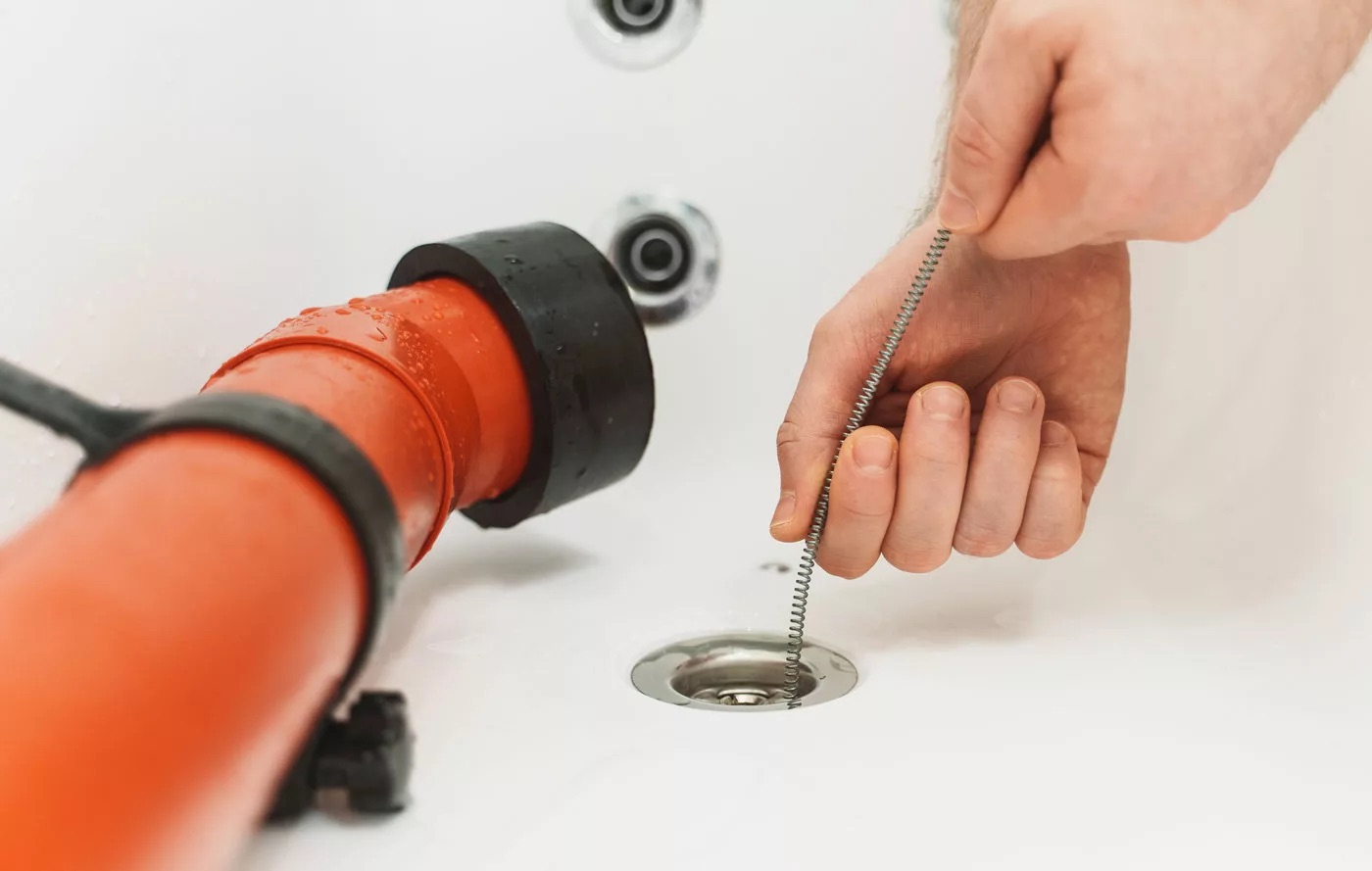

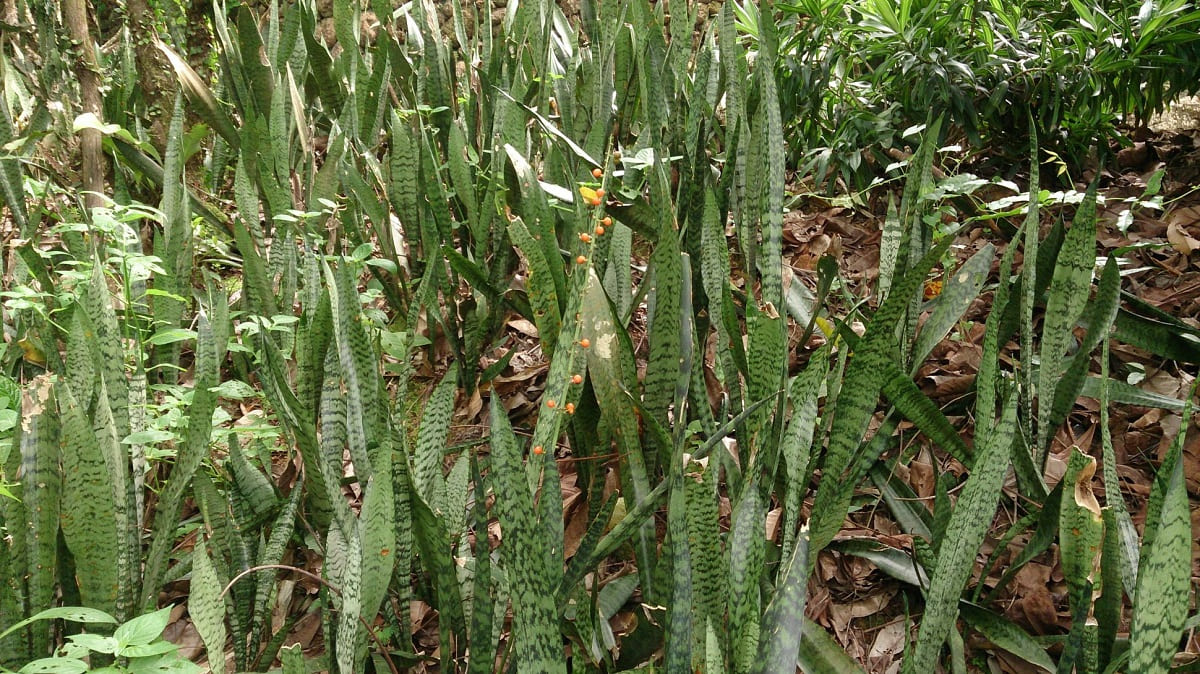




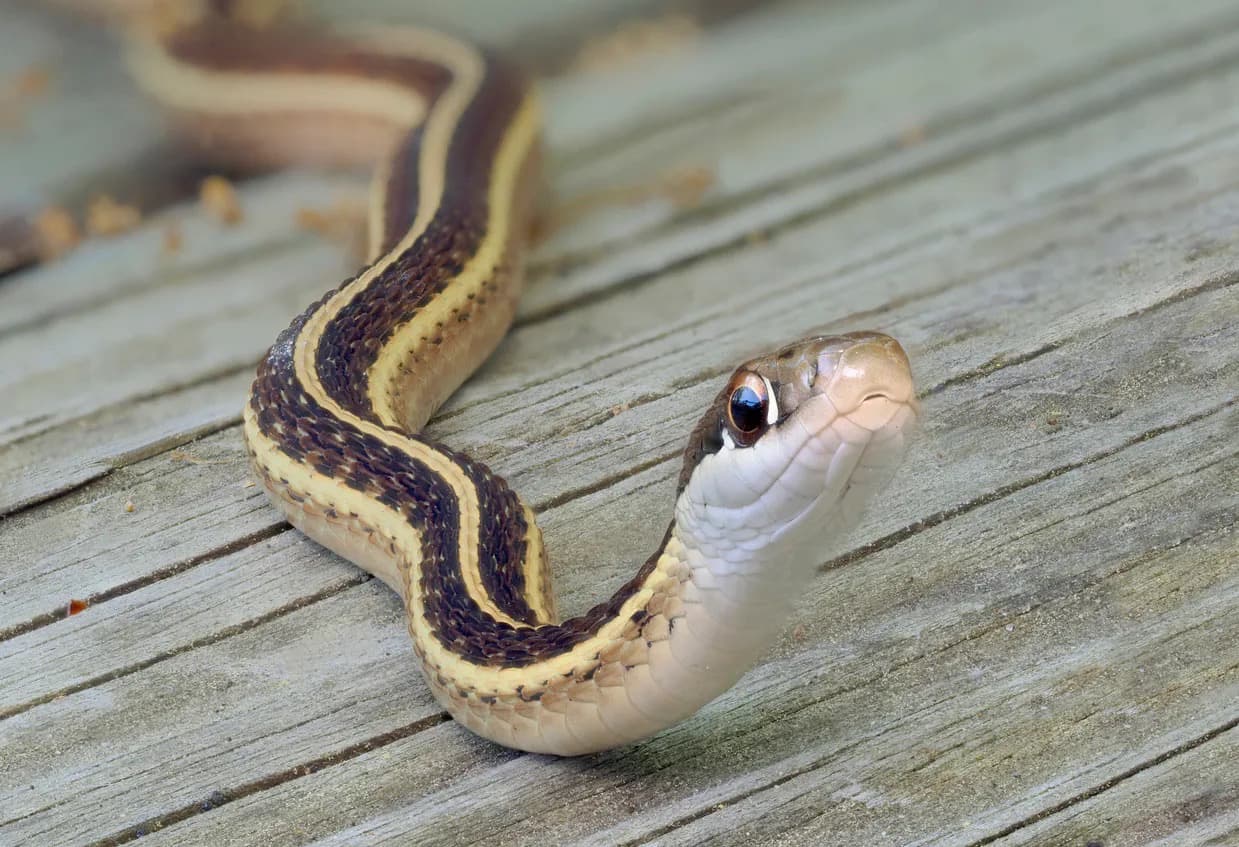
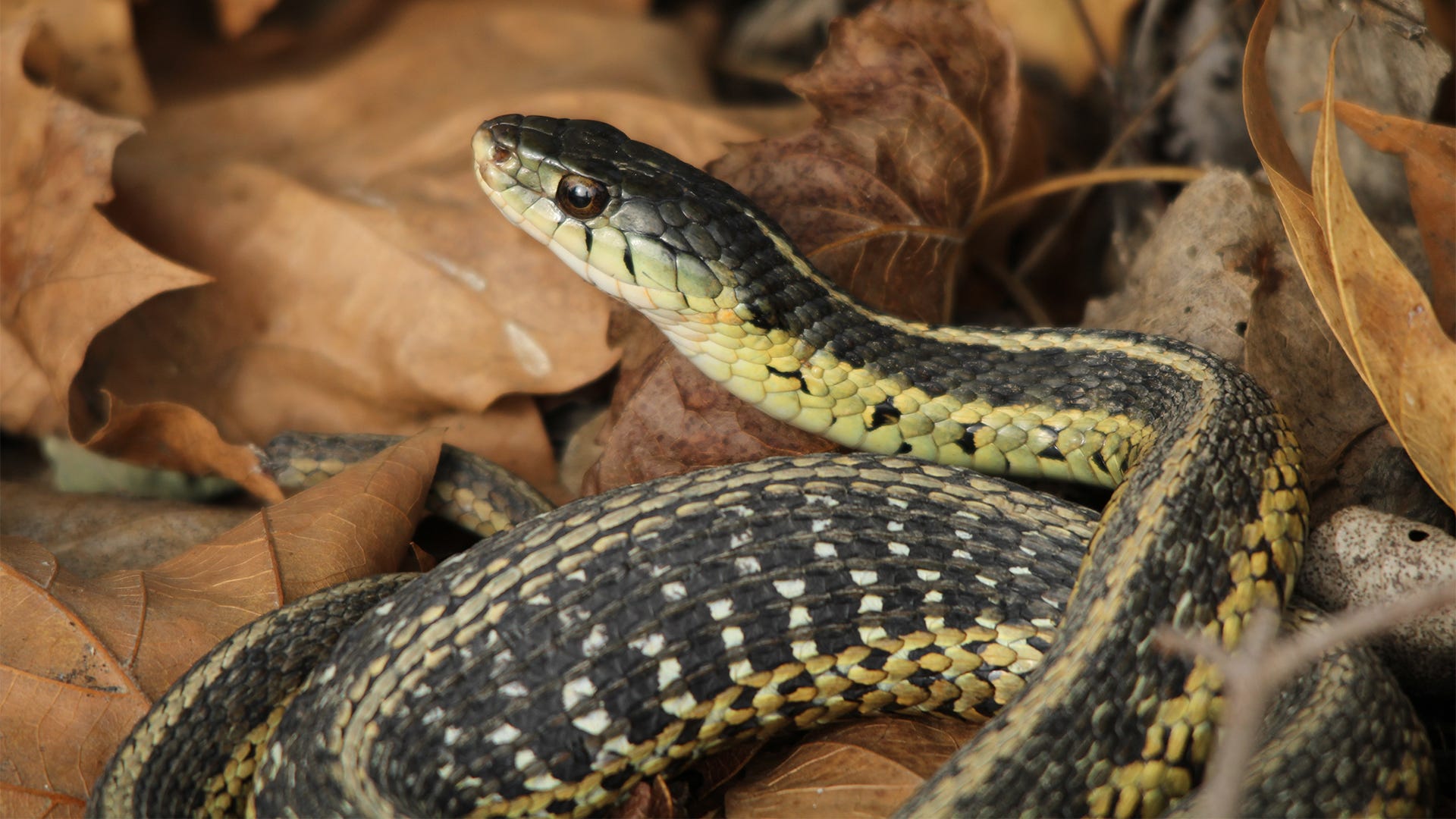

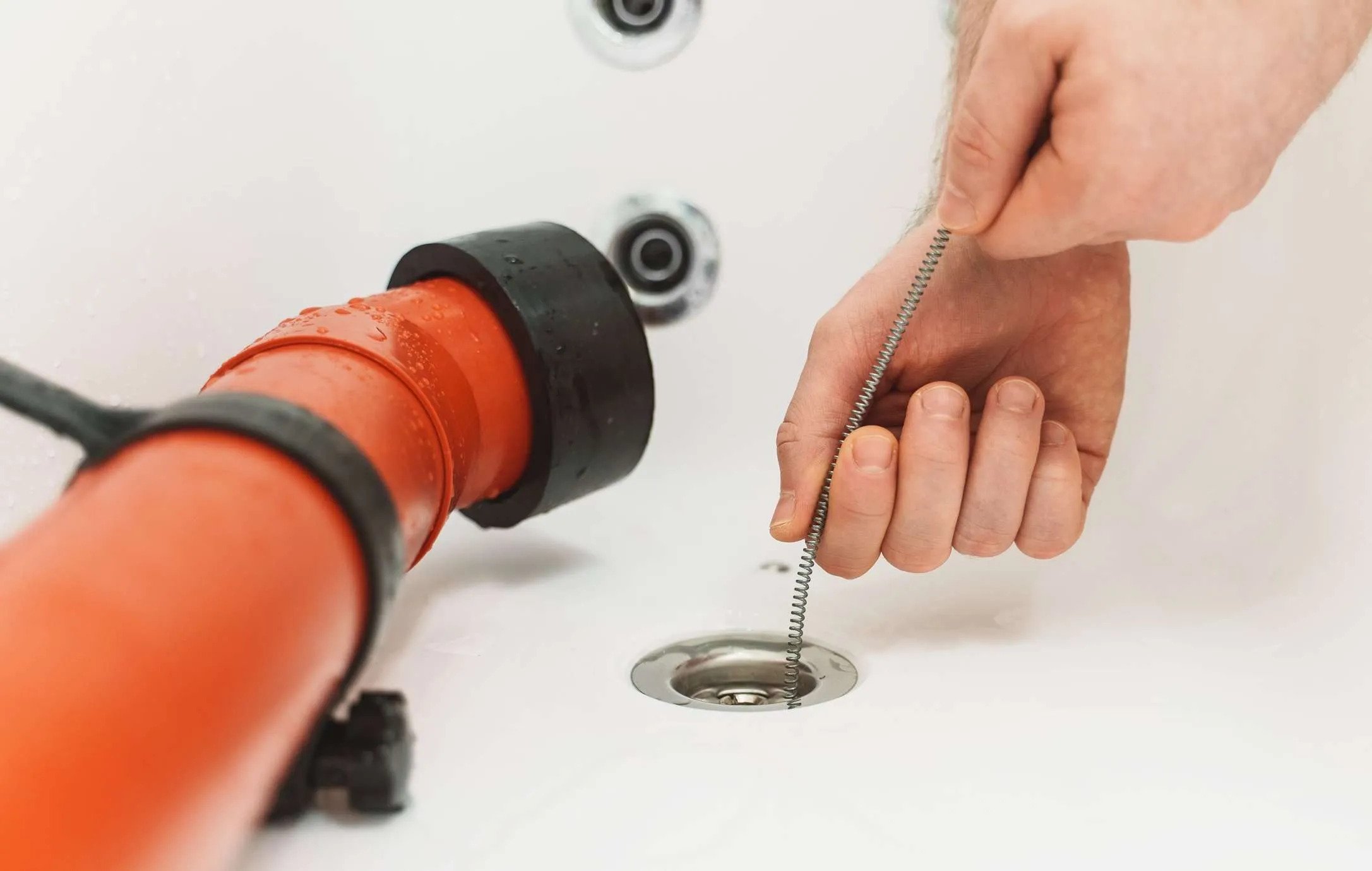
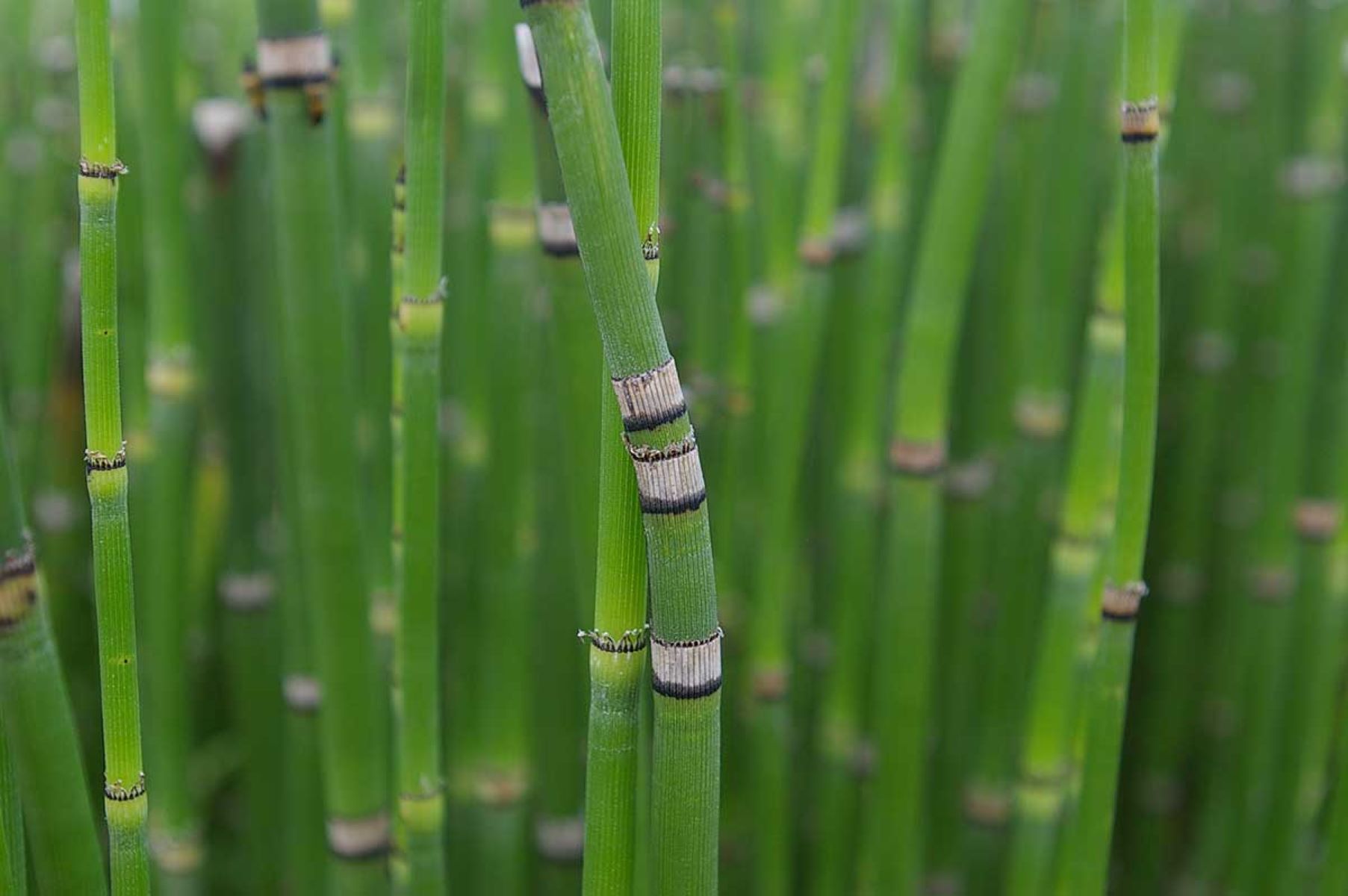

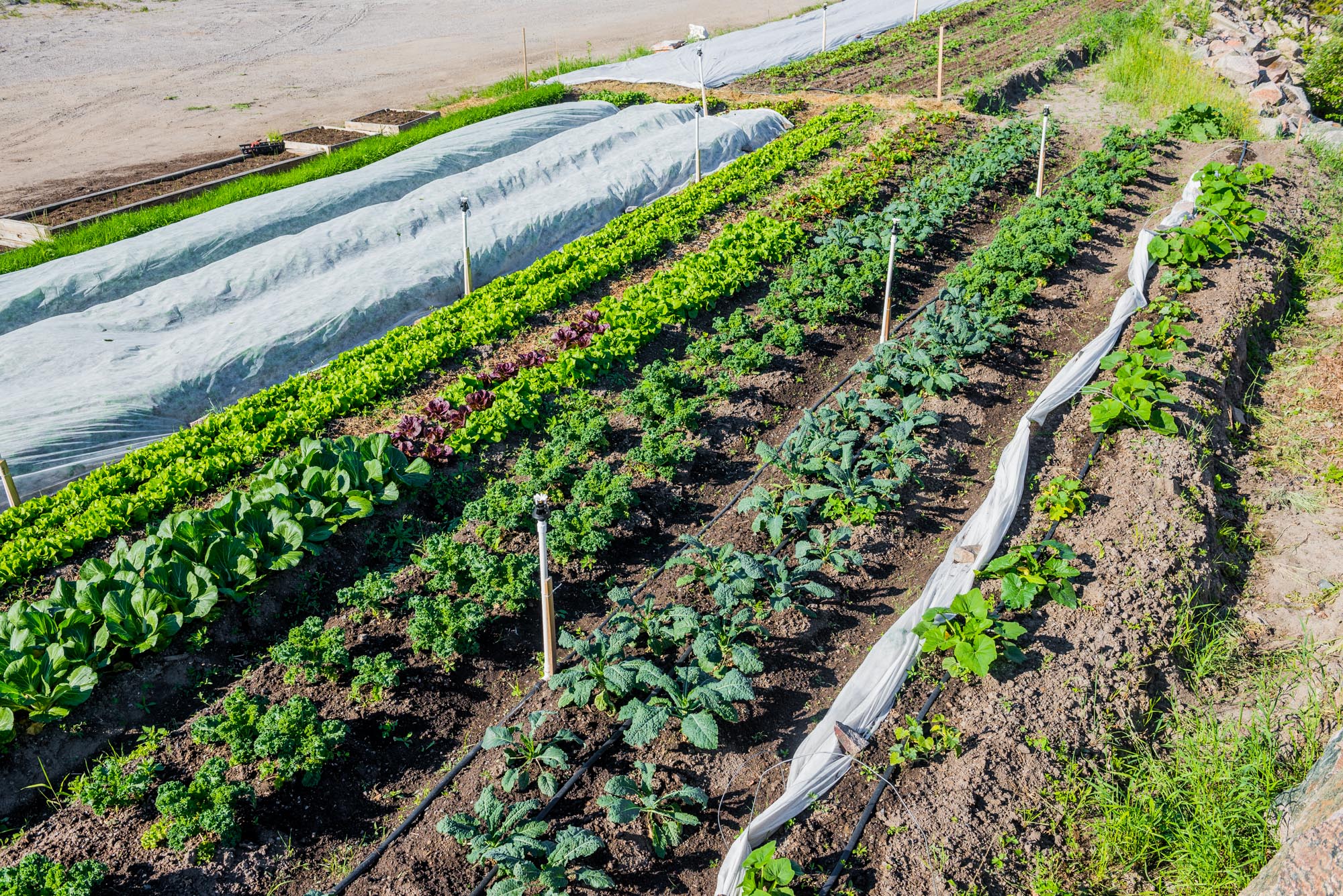

0 thoughts on “What Are Garden Snakes”